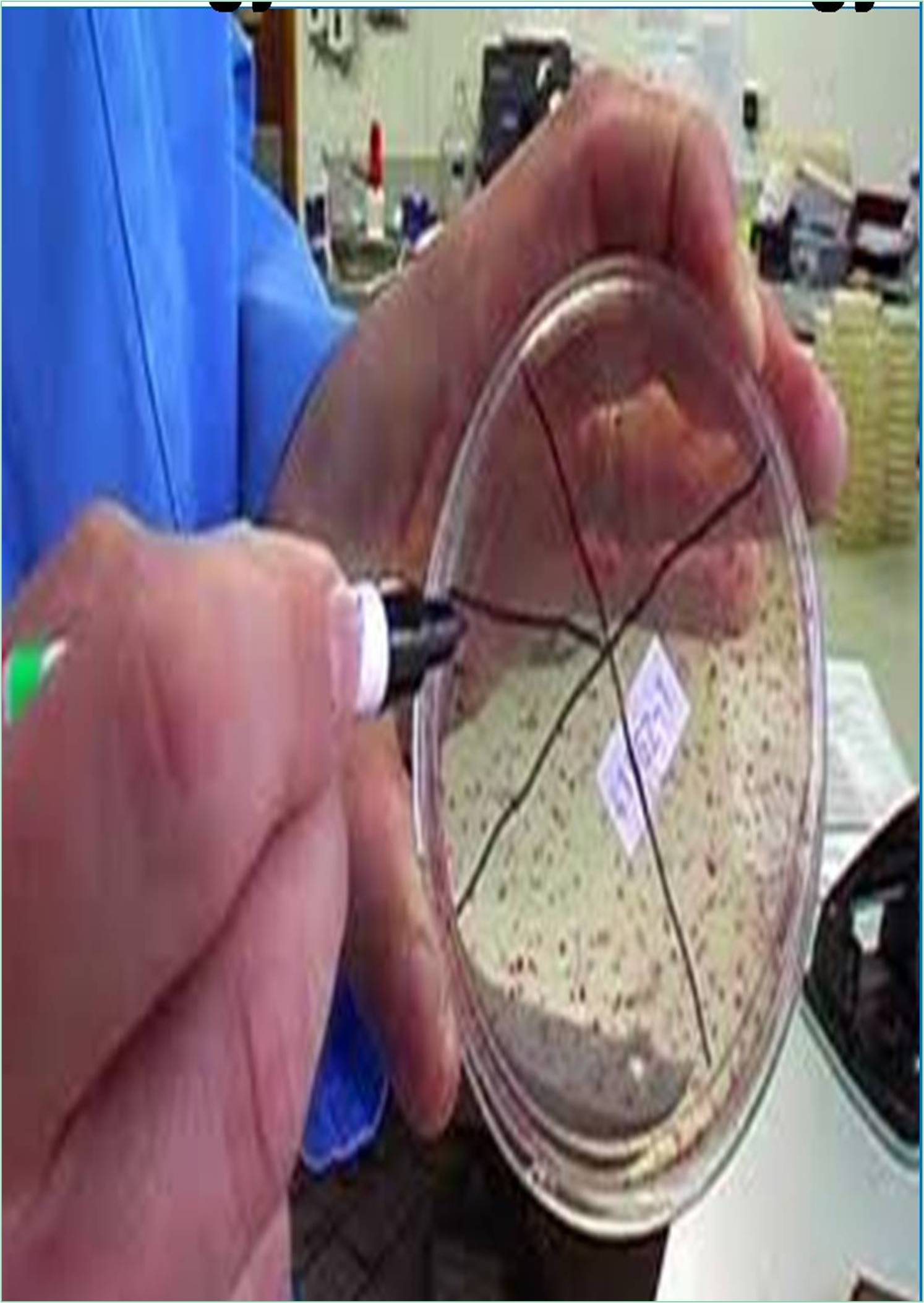



Published: 28-Dec-2021
Hepatitis is a complex biological response of the liver tissue to harmful stimuli. Some people or animals with hepatitis have no symptoms, while others have yellowing of the skin and white in the eyes, anorexia nervosa, nausea, fatigue, abdominal pain, and diarrhea. Acute hepatitis may resolve on its own, progressing to chronic hepatitis, or lead to severe liver failure. Chronic hepatitis may progress to liver scarring, liver failure, and liver cancer. Hepatitis has a wide range of presentations ranging from complete symptomatic deficiency to severe liver failure. The worst form of hepatitis, usually caused by a viral infection, is characterized by constitutional symptoms that often limit themselves. Chronic hepatitis presents the same, but may show signs and symptoms associated with liver dysfunction with chronic inflammation and injury to the limb. The first prodromal stage includes indirect and flu-like symptoms that are common in many bacterial infections. These include fatigue, nausea, vomiting and loss of appetite, joint pain, and headaches. Both drug-induced hepatitis and autoimmune hepatitis can manifest very similarly to acute virus hepatitis, with a slight variation in symptoms depending on the cause. Incidence of drug-induced hepatitis can be identified by systemic symptoms of allergies including rash, fever and inflammation of the mucous membranes, elevated eosinophils, and pressure on the bone marrow. Severe hepatitis cases appear to be resolved within a six-month period. Chronic hepatitis is usually asymptomatic at the beginning of its period and is only diagnosed with liver laboratory tests for the purpose of diagnosing or diagnosing indirect symptoms. As the inflammation progresses, patients may experience constitutional symptoms such as severe liver disease, including fatigue, nausea, vomiting, loss of appetite, and joint pain. Jaundice can also occur, but much later in the disease process and is usually a sign of advanced disease. Many chemicals, including medicines, industrial toxins, and prescription drugs, can cause hepatitis. Many types of drug-induced liver damage vary from acute hepatitis to chronic hepatitis to severe liver failure. Toxins and drugs can cause liver damage through a variety of mechanisms including direct cellular damage, disruption of cell metabolism, and trigger structural changes. Some drugs such as paracetamol show dose-dependent liver damage while others such as isoniazid cause unexplained and unpredictable variations in individuals. There is a wide variation in liver injury methods and latency time from exposure to clinical improvement. Autoimmune hepatitis is a chronic disease caused by an abnormal immune response to liver cells. The disease is thought to have a genetic predisposition as it is associated with certain leukocyte antigens in humans who are involved in the immune response. As with other autoimmune diseases, circulating antibodies may be present and aids in diagnosis. Diagnosis of cirrhosis is made on the basis of one or more of the following: human signs and symptoms, medical history including history of sexual and drug use, blood tests, and liver tests. In general, because of viral hepatitis and other dangerous causes of hepatitis, a human blood test and a clinical picture are sufficient to diagnose. Liver biopsy is usually not the first diagnostic test because it is contagious and is associated with a small but significant risk of bleeding that increases in people with liver damage and cirrhosis. Those most at risk of Hepatitis A people with bad hygiene habits such as not washing their hands after using the toilet or changing diapers, people who do not have access to clean water, people close to someone with hepatitis A, people who visit to places effected with hepatitis type A. Almost all patients with hepatitis A recover completely without complications if they were healthy before infection. Similarly, severe hepatitis B infections have a positive course of complete recovery in 95-99% of patients. Acute hepatitis B infection is less likely to progress in chronic forms as the patient’s age increases; the progression rate is closer to 90% in infectious cases of newborns compared with the 1% risk in older adolescents.
None.
None.